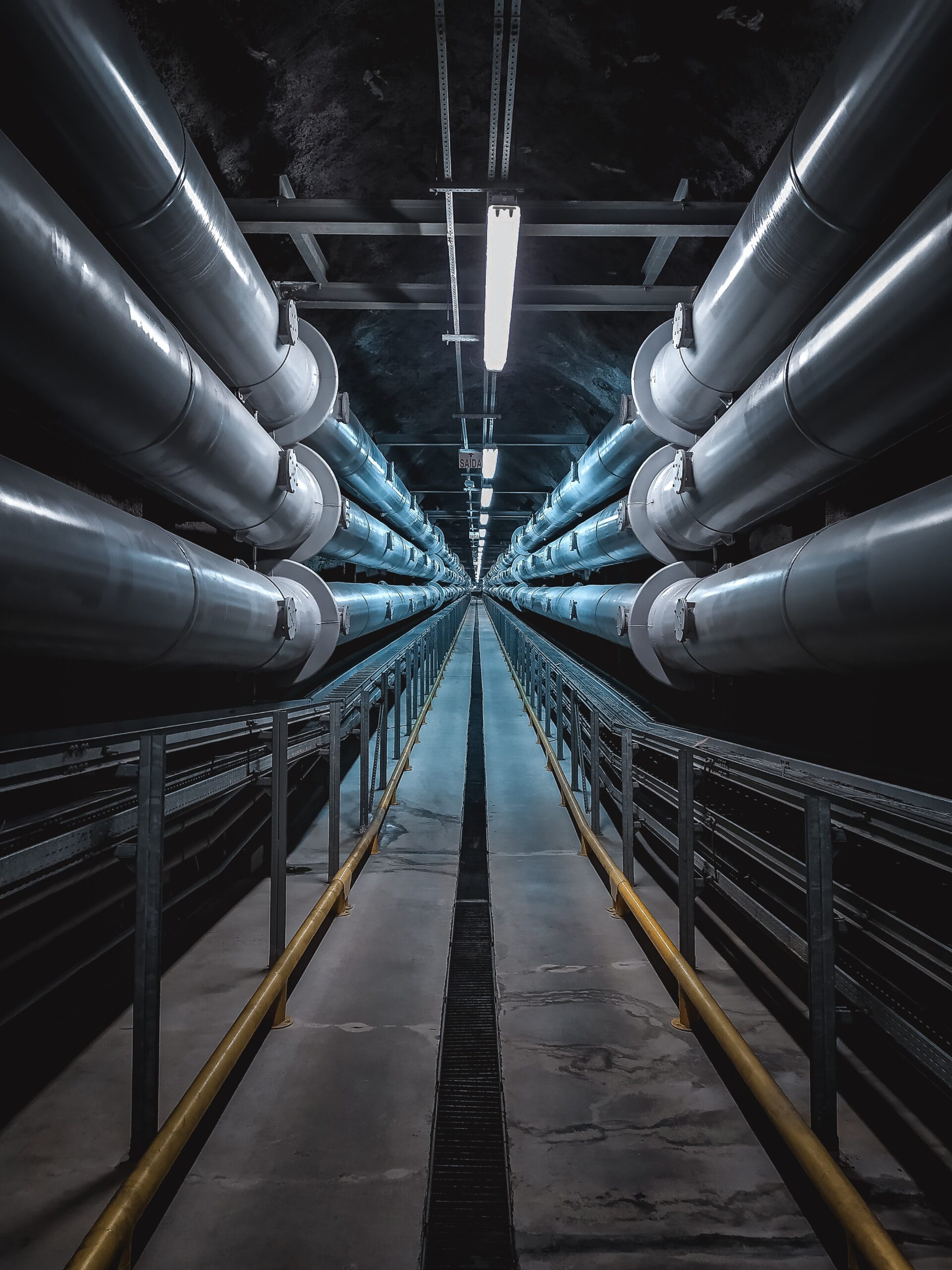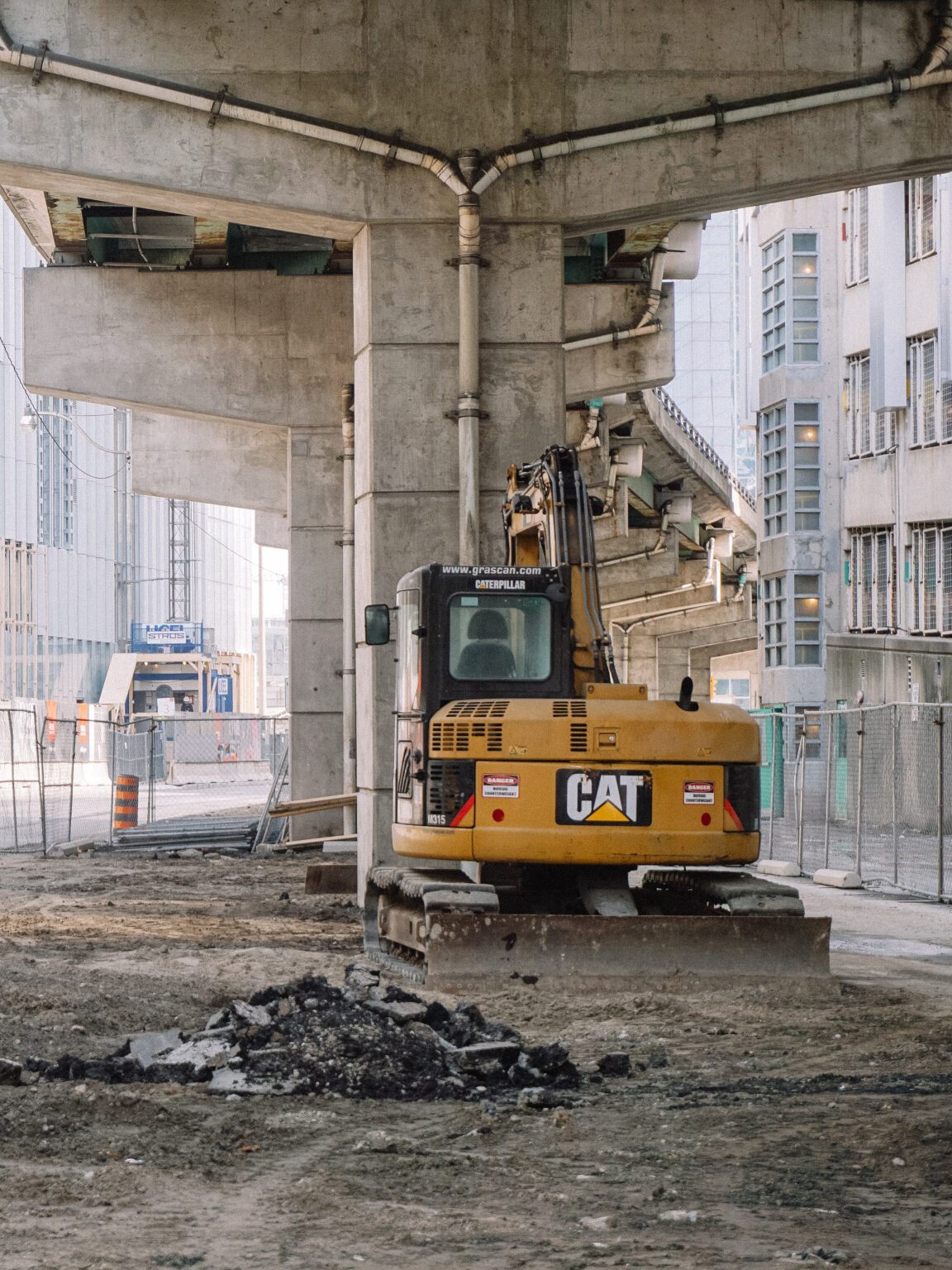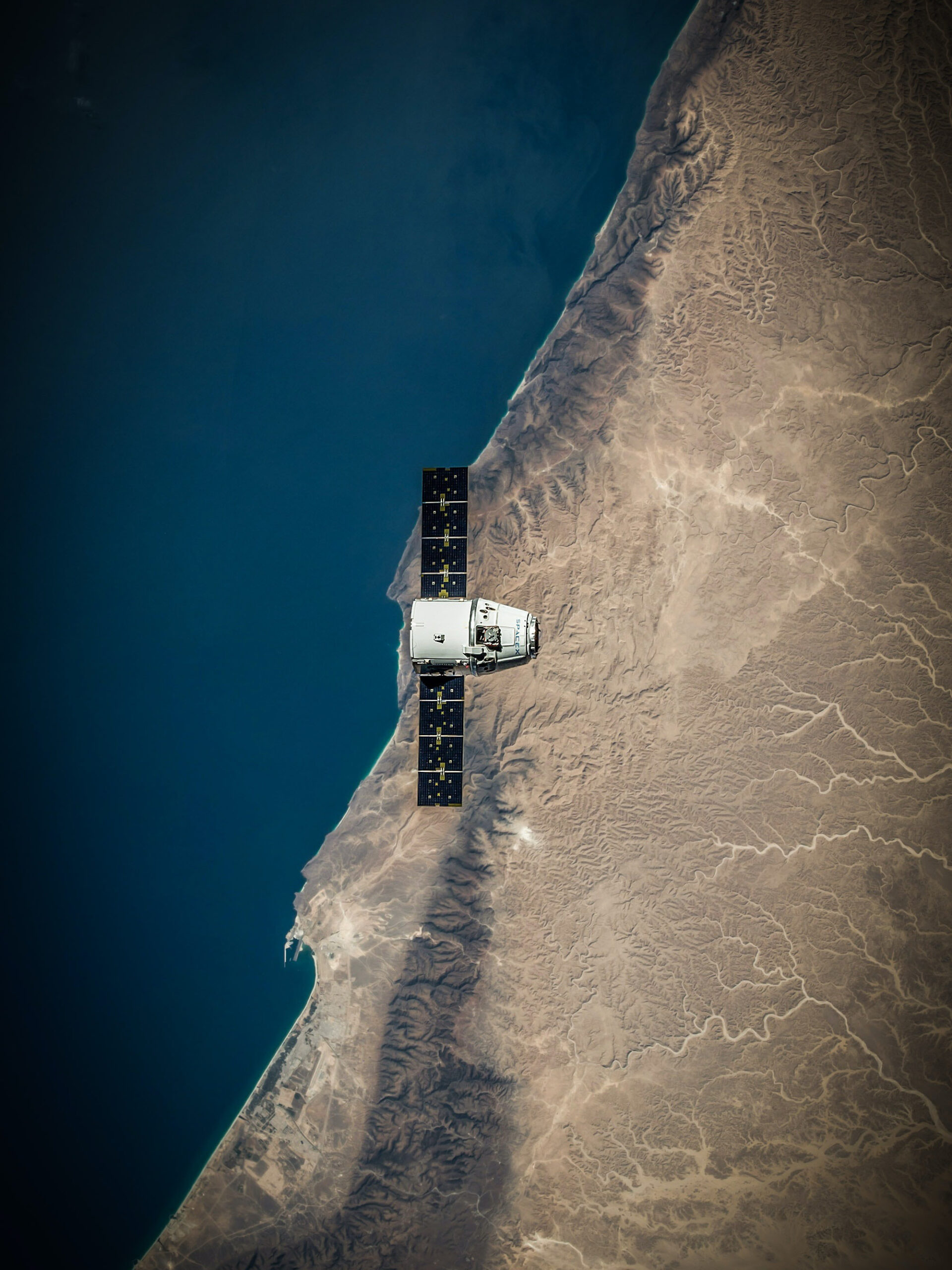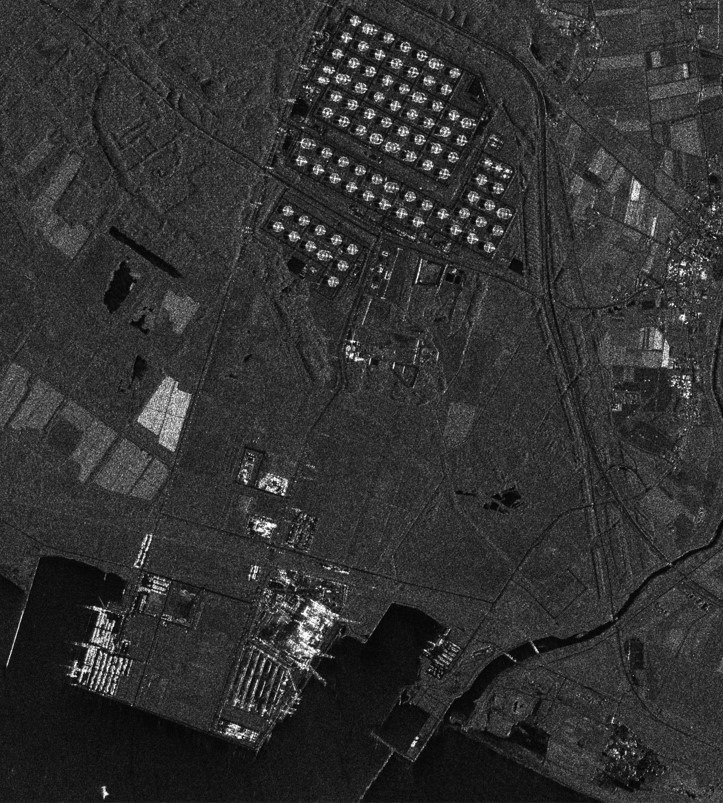These videos illustrate how these types of solutions work. In the first clip, scroll the footprint to see where the most changes happened along the route.
Possible New Construction (blue trapezoid) and Possible Deconstruction (red trapezoid) are two aspects in the Map Legend .
This enables us to visually detect major change clusters (Those are, places where new construction or deconstruction is likely to have taken place). We focused on two areas, dubbed Example 1 and Example 2, as a result of this.








